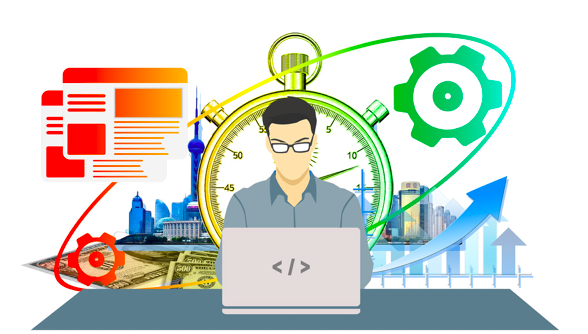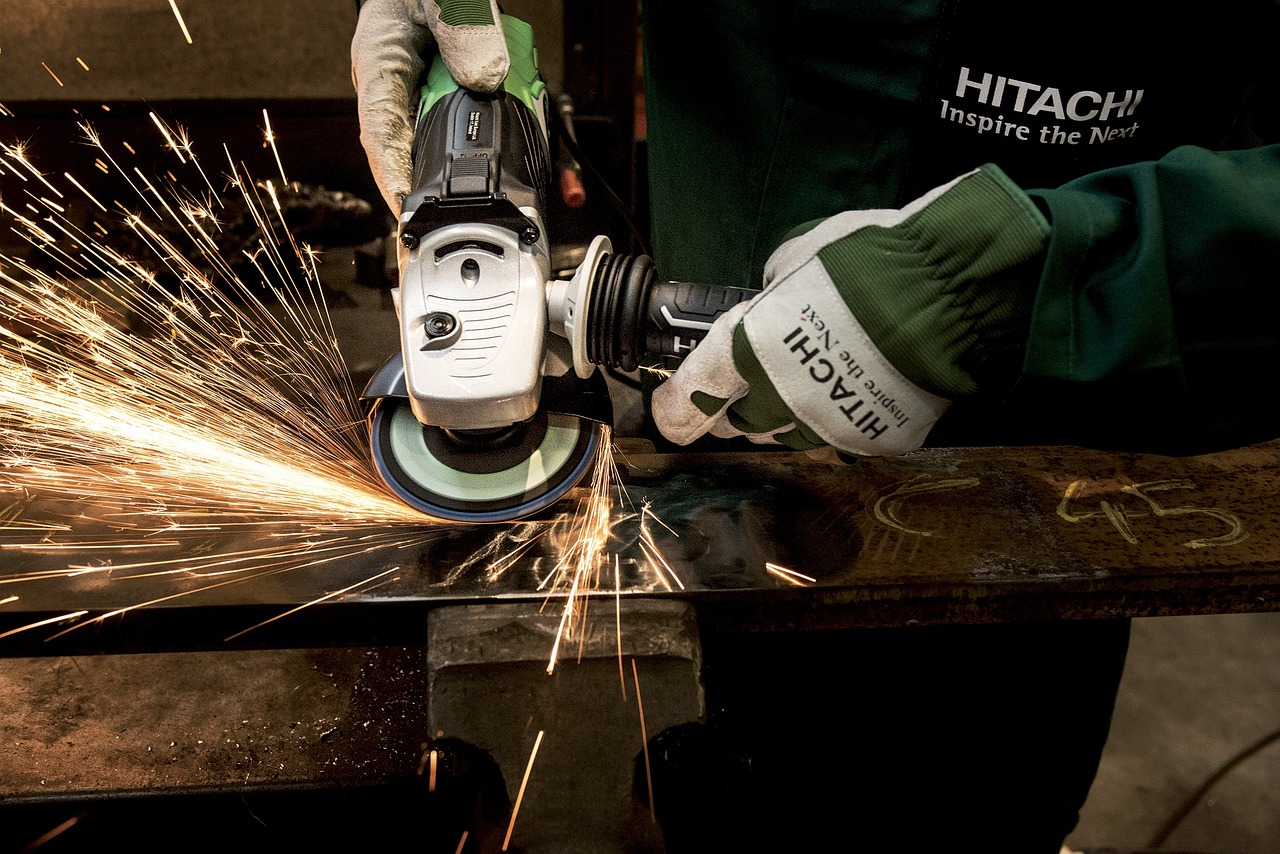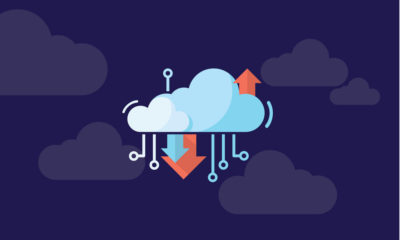Business
Hidden Costs of Mobile Application Development and How to Avoid Them

When ordering mobile app development, customers often face unexpected/hidden costs. Understanding this allows you to reduce the risks when working on a project, save time and money.
The fact is that the development process itself is only part of the app lifecycle. And then there are the deployment and maintenance phases, which are also critical to success.
The cost of these two stages can end up an unpleasant surprise. Not to mention the other important aspects, for which you also have to pay.
Supporting multiple platforms
You can’t create a single application that is universal across all platforms. If you were planning a product only for the iPhone, you may end up having to develop a separate version for the iPad Pro, which will increase the cost of designing the user interface.
What if, in addition to the main version for iOS, you also need an Android version of the app? You can imagine how the initial cost of development easily increases several times.
You can save money if you use cross-platform technologies. But cross-platform development company claims this is not always possible, since some functions may require native development. Plus, there are nuances with performance and capabilities in terms of expanding the functionality.
You can always start from one, the most priority platform. But if the market analysis shows the need to expand in the future at the expense of another OS, this one should also be taken into account initially.
Integration with third-party services
In the case of corporate mobile applications, it is not enough to create the mobile application itself. It must be integrated into the corporate IT infrastructure. The task of developing a mobile application that would allow you to work with a corporate CRM or ERP system is quite common.
It’s quite another thing when you already have an application, but the ability to integrate it with something (website, CRM, accounting, etc.) – was not originally provided. And now there is a need for it. As a rule, in this case, you have to modify the application, which can be very time-consuming and expensive.
An application is often just one element of a much more complex system.
If we talk about applications that are not enterprise-level, but products aimed at a wide audience, the range of services that are connected via the API can be quite wide. This includes integration with social networks, the functionality of push notifications and SMS messages, receiving data from any third-party services, etc.
Some services may be completely free, and connecting to others may require paying for a monthly subscription. The cost of all this should be calculated in advance and included in the overall budget.
Infrastructure components
If you are creating an application that receives certain information from the user or gives it to him, this data must be stored somewhere. And if the data volumes are large, you need to take care of the synchronization issue in advance and estimate the volume of requests for storing and processing information.
Even before you start developing a mobile app, you need to prepare a technical specification for the client-server interaction. You will need to lay down the correct architecture on the server, specify in which tables to store data, the structure of queries, which data is used more often than others.
If you postpone the issue of synchronization for the future and do not make a competent client-server architecture, debugging the application can take a long time and seriously postpone the planned release. Ignoring these points can cause quite large and unforeseen expenses.
The need to partially change, update and even completely rebuild the infrastructure is a common problem customers face. And if you add here another option for backup and data protection, which also need to be taken care of – the final check will continue to increase.
Testing costs
Testing is one of the key components of the software development lifecycle and should be budgeted for from the start. Improving the quality of the final product ultimately ensures a sufficient return on investment.
Many customers often underestimate the importance of testing. They do not realize that, depending on the project, it can take a lot of time. Even if you develop a native application for only one operating system, you will need to test how it looks and works on different types of devices.
If you want to make a version for two operating systems at once, it will cost even more. And you need to accept the fact that the best user experience will only be possible on a limited number of the most popular devices. For the rest, you’ll have to settle for just a good UX, without striving for perfection.
Marketing costs
You need to understand how you will attract users and how much it will cost. And you should decide on this before the launch. It is naive to expect that your product will start to attract attention and will be popular on its own.
The most important way to attract organic traffic from the app store is ASO-optimization. It includes working with the text description, name, and visual design elements. It is based on a set of keywords that your application can search for the target audience.
But depending on the type of project and target market, you may also need to invest heavily in paid promotion channels:
- targeted social media advertising;
- Google AdWords advertising in the Google search engine;
- creation of content for third-party resources (guest publications);
- payment for reviews on thematic sites;
- placement in email newsletters, advertising in messenger channels, etc.
There are more than enough options for promoting applications. But they all require money not only for the placement on the advertising platform itself or clicks but also for paying for the work of authors who create content for third-party resources, as well as those who publish it all.
For example, you can create a YouTube channel to promote your app. But it is unlikely that you will have enough time and skills to create a full-fledged series of videos with a product demonstration. Accordingly, it is better to outsource such work.
Service cost
Work on the mobile app does not end after its release. The more complex the project, the more maintenance costs will be required, including updating versions, fixing bugs, implementing new or refining existing functionality, fixing security issues, and so on.
Some large-scale operating system updates may also require changes to the application to ensure a high level of compatibility. This is true for both Android and iOS.
It is necessary to monitor the smooth operation of the servers and respond to possible problems to ensure that end-users can interact with the product without problems.
Thus, the cost of maintenance can turn into a really expensive part of the project, which is nevertheless necessary for its normal functioning.
Bottom line
It is impossible to foresee all the nuances of development at the start. But, most of the unexpected expenses are quite typical and belong to one of the categories listed in this article. This is important to understand because without solving these problems, it is impossible to create a good product.
This is not the whole list of possible hidden costs that you may encounter during the application development process. But these points can be called the main ones. By taking them into account at the start, you can avoid many problems in the future. This will increase the probability of the successful completion of the project.
Business
13 Reasons Investors Are Watching Phoenix Energy’s Expansion in the Williston Basin

As energy security becomes a growing priority in the United States, companies focused on domestic oil production are gaining attention from investors. One such company is Phoenix Energy, an independent oil and gas company operating in the Williston Basin, a prolific oil-producing region spanning North Dakota and Montana.
Phoenix Energy has established itself as a key player in this sector, expanding its footprint while offering structured investment opportunities to accredited investors. Through Regulation D 506(c) corporate bonds, the company provides investment options with annual interest rates ranging from 9% to 13%.
Here are 13 reasons why Phoenix Energy is attracting investor interest in 2025:
1. U.S. energy production remains a strategic priority
The global energy landscape is evolving, with a renewed focus on domestic oil and gas production to enhance economic stability and reduce reliance on foreign energy sources. The Williston Basin, home to the Bakken and Three Forks formations, continues to play a critical role in meeting these demands. Phoenix Energy has established an operational footprint in the basin, where it is actively investing in development and production.
2. Investment opportunities with fixed annual interest rates
Phoenix Energy bonds offer accredited investors annual interest rates between 9% and 13% through Regulation D 506(c). These bonds help fund the company’s expansion in the Williston Basin, where it acquires and develops oil and gas assets.
3. Record-breaking drilling speeds in the Williston Basin
Phoenix Energy has made significant strides in drilling efficiency, ranking among the fastest drillers in the Bakken Formation as of late 2024. By reducing drilling times, the company aims to optimize operations and improve overall production performance.
4. Expansion of operational footprint
Since becoming an operator in September 2023, Phoenix Energy has grown rapidly. As of March 2025, the company has 53 wells drilled and 96 wells planned over the next 12 months.
5. Surpassing production expectations
Phoenix Energy’s oil production has steadily increased. By mid-2024, its cumulative production had exceeded 1.57 million barrels, outpacing its total output for 2023. The company projected an exit rate of nearly 20,000 barrels of oil equivalent per day by the end of March 2025.
6. High-net-worth investor offerings
For investors seeking alternative investments with higher-yield opportunities, Phoenix Energy offers the Adamantium bonds through Reg D 506(c), which provides corporate bonds with annual interest rates between 13% and 16%, with investment terms ranging from 5 to 11 years, and a minimum investment of $2 million.
7. Experienced team with industry-specific expertise
Phoenix Energy’s leadership and technical teams include professionals with decades of oil and gas experience, including backgrounds in drilling engineering, land acquisition, and reservoir analysis. This level of in-house expertise supports the company’s ability to evaluate acreage, manage operations, and execute its long-term development plans in the Williston Basin.
8. Focus on investor communication and understanding
Phoenix Energy prioritizes clear investor communication. The company hosts webinars and provides access to licensed professionals who walk investors through the business model and operations in the oil and gas sector. These efforts aim to help investors better understand how Phoenix Energy deploys capital across mineral acquisitions and operated wells.
9. Managing market risk through strategic planning
The energy sector is cyclical, and Phoenix Energy takes a structured approach to risk management. The company employs hedging strategies and asset-backed financing to help mitigate potential fluctuations in the oil market.
10. Commitment to compliance
Phoenix Energy conducts its bond offerings under the SEC’s Regulation D Rule 506(c) exemption. These offerings are made available exclusively to accredited investors and are facilitated through a registered broker-dealer to support adherence to federal securities laws. Investors can review applicable offering filings on the SEC’s EDGAR database.
11. Recognition for business practices
As of April 2025, Phoenix Energy maintains an A+ rating with the Better Business Bureau (BBB) and is a BBB-accredited business. The company has also earned strong ratings on investor review platforms such as Trustpilot and Google Reviews, where investors often highlight clear communication and transparency.
12. A family-founded business with a long-term vision
Led by CEO Adam Ferrari, Phoenix Energy operates as a family-founded business with a focus on long-term investment strategies. The company’s leadership emphasizes responsible growth and sustainable development in the Williston Basin.
13. Positioned for long-term growth in the oil sector
With U.S. energy demand projected to remain strong, Phoenix Energy is strategically positioned for continued expansion. The company’s focus on efficient drilling, financial discipline, and structured investment offerings aligns with its goal of building a resilient and growth-oriented business.
Final thoughts
For investors looking to gain exposure to the U.S. oil and gas sector, Phoenix Energy presents an opportunity to participate in a structured alternative investment backed by the company’s operational expansion in the Williston Basin.
Accredited investors interested in learning more can attend one of Phoenix Energy’s investor webinars, which are hosted daily throughout the week. These sessions provide insights into market trends, risk management strategies, and investment opportunities.
For more information, visit the Phoenix Energy website.
Phoenix Capital Group Holdings, LLC is now Phoenix Energy One, LLC, doing business as Phoenix Energy. The testimonials on review sites may not be representative of other investors not listed on the sites. The testimonials are no guarantee of future performance or success of the Company or a return on investment. Alternative investments are speculative, illiquid, and you may lose some or all of your investment. Securities are offered by Dalmore Group member FINRA/SIPC. Dalmore Group and Phoenix Energy are not affiliated. See full disclosures.
This article contains forward-looking statements based on our current expectations, assumptions, and beliefs about future events and market conditions. These statements, identifiable by terms such as “anticipate,” “believe,” “intend,” “may,” “expect,” “plan,” “should,” and similar expressions, involve risks and uncertainties that could cause actual results to differ materially. Factors that may impact these outcomes include changes in market conditions, regulatory developments, operational performance, and other risks described in our filings with the U.S. Securities and Exchange Commission. Forward-looking statements are not guarantees of future performance, and Phoenix Energy undertakes no obligation to update them except as required by law.
-

 Tech4 years ago
Tech4 years agoEffuel Reviews (2021) – Effuel ECO OBD2 Saves Fuel, and Reduce Gas Cost? Effuel Customer Reviews
-

 Tech6 years ago
Tech6 years agoBosch Power Tools India Launches ‘Cordless Matlab Bosch’ Campaign to Demonstrate the Power of Cordless
-

 Lifestyle6 years ago
Lifestyle6 years agoCatholic Cases App brings Church’s Moral Teachings to Androids and iPhones
-

 Lifestyle4 years ago
Lifestyle4 years agoEast Side Hype x Billionaire Boys Club. Hottest New Streetwear Releases in Utah.
-

 Tech6 years ago
Tech6 years agoCloud Buyers & Investors to Profit in the Future
-

 Lifestyle5 years ago
Lifestyle5 years agoThe Midas of Cosmetic Dermatology: Dr. Simon Ourian
-

 Health6 years ago
Health6 years agoCBDistillery Review: Is it a scam?
-

 Entertainment6 years ago
Entertainment6 years agoAvengers Endgame now Available on 123Movies for Download & Streaming for Free
